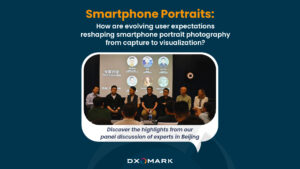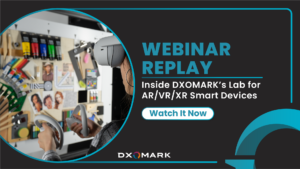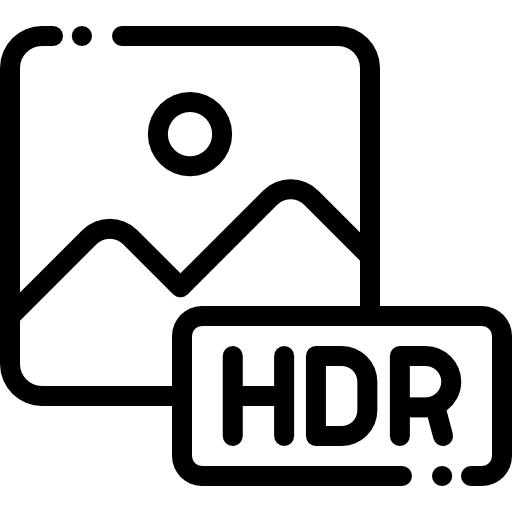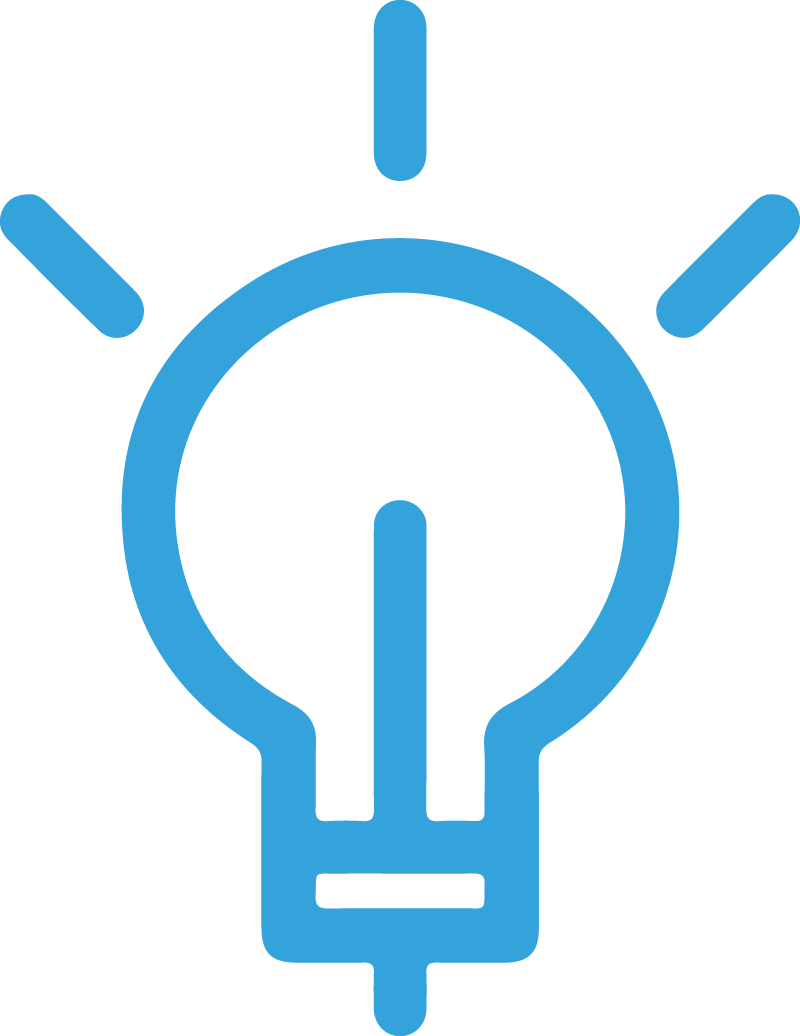Industries
Make your display stand out in a challenging market
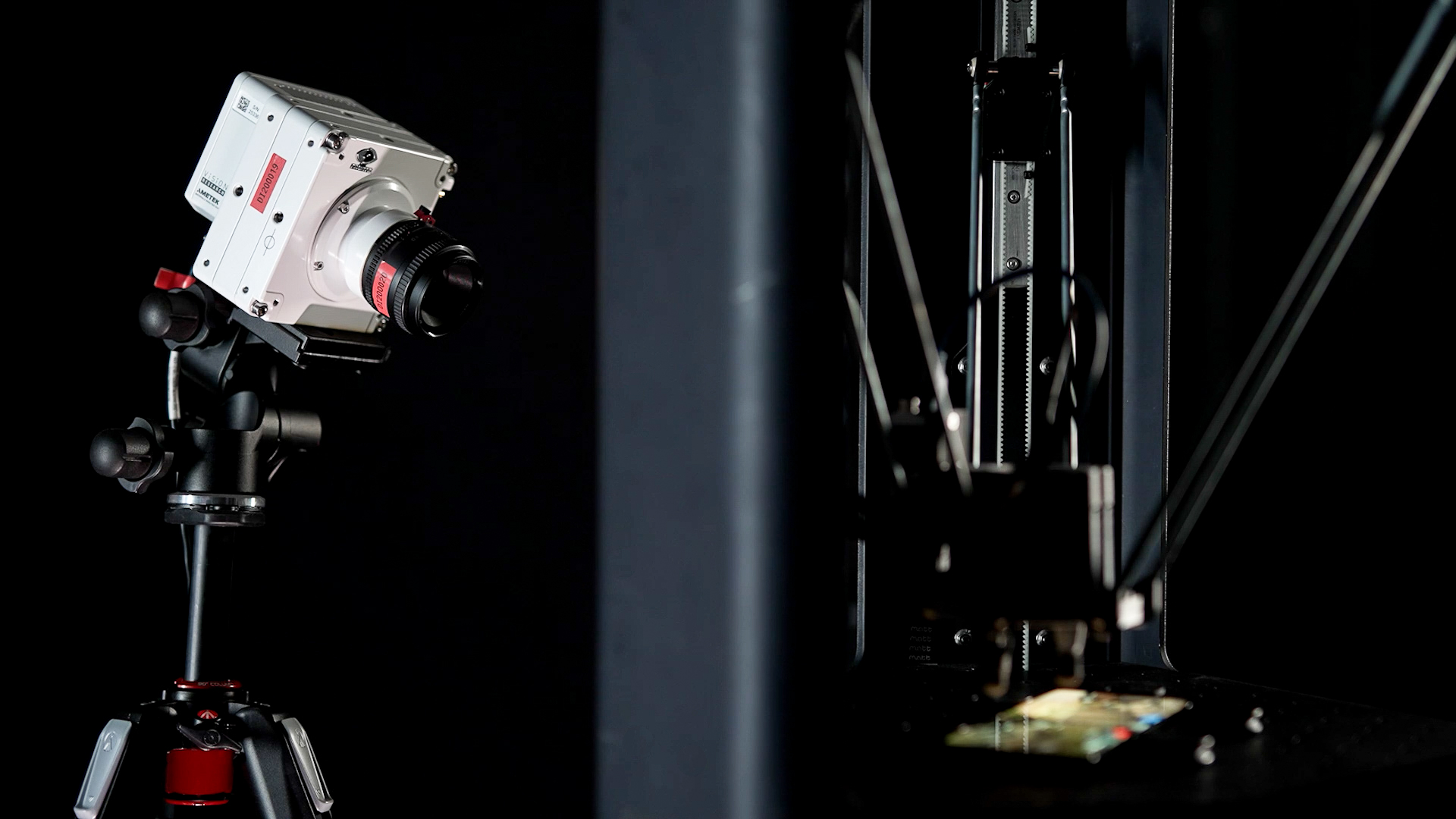
The increase in the use of smartphones for watching videos, gaming and other usages pushes displays to their limits and demands better and better performance. Increasingly large, curved, and even foldable, displays bring new use cases and evaluation challenges. More expectations on rendering of key topics such as HDR videos as well as readability within very bright environments bring new opportunities as well as challenges. To offer an optimum user experience, all display hardware needs adequate software processing and tuning to get the best out of it. The DXOMARK Display team’s mission is to bring scientific rigor to a field that is essential to the smartphone user experience.
DXOMARK display testing protocol
Built from user insights gathered through focus groups as well as surveys, the DXOMARK Display protocol provides an exhaustive evaluation on all core aspects of the user experience, considering all usages and usage situations.
Our experts evaluate a series of technical attributes such as Readability (including High Brightness evaluations), Color (including the color fidelity mode), Video (including HDR videos) as well as Touch. To run the protocol, our experts perform over 400 objective measurements and perceptual evaluations under various lighting conditions.
More recently, following the launch of the Display v2 protocol in April 2024, DXOMARK has introduced its Eye Comfort Label, aimed at identifying devices that bring the best level of visual comfort.
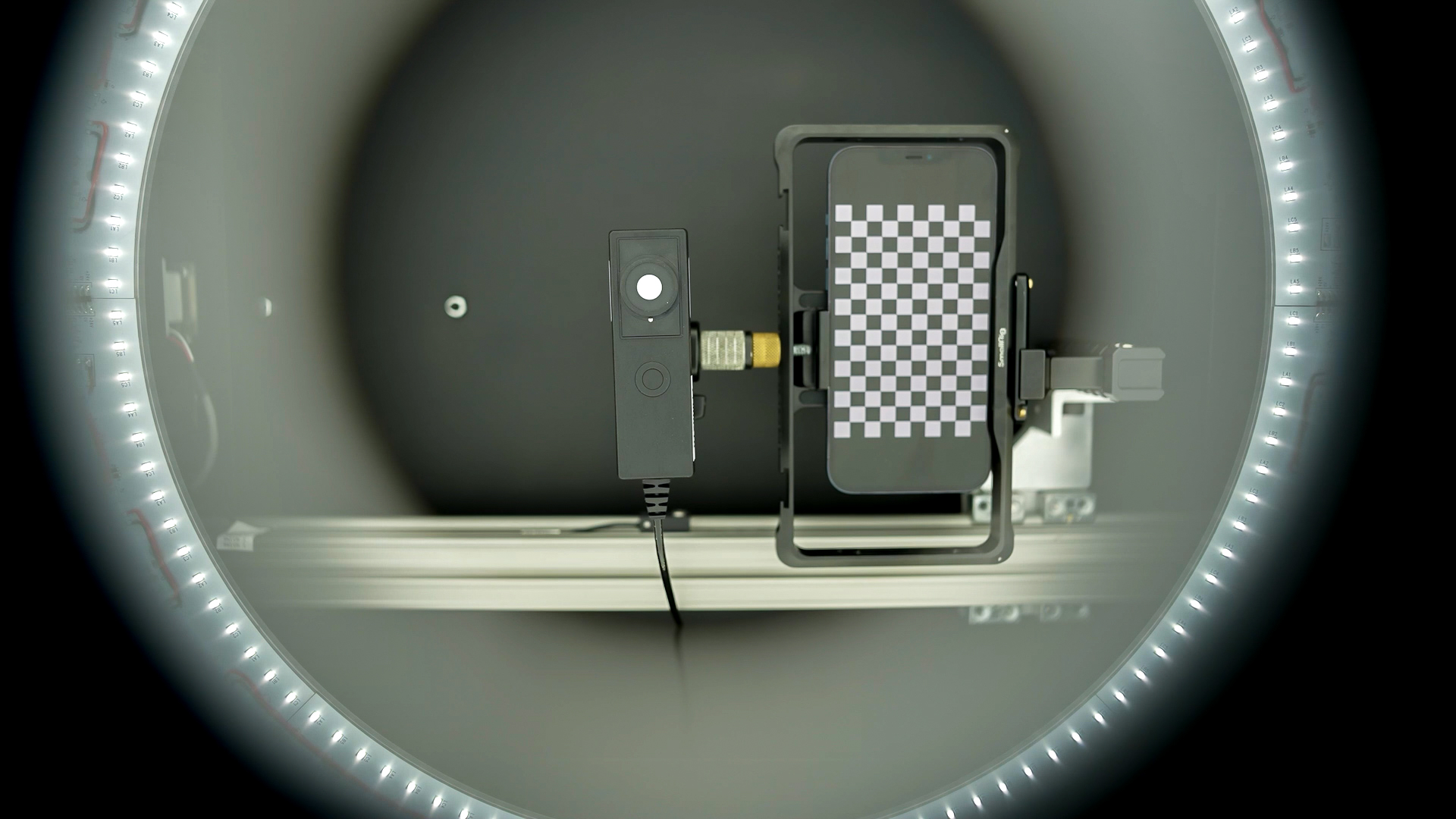

“Screen lighting adaptation and HDR content rendering are crucial to smartphone display performance. We continuously improve our testing protocols to support the industry in providing consumers with the absolute best display experience.”
– Thibault Cabana, Product Owner Display Quality Evaluation
Engineering services
Based on our standard protocol or through custom evaluations, our Display experts work with engineering and product marketing teams of manufacturers throughout the product development process to optimize the performance of display screens of all kinds, helping them to deliver a high-quality experience for their users.
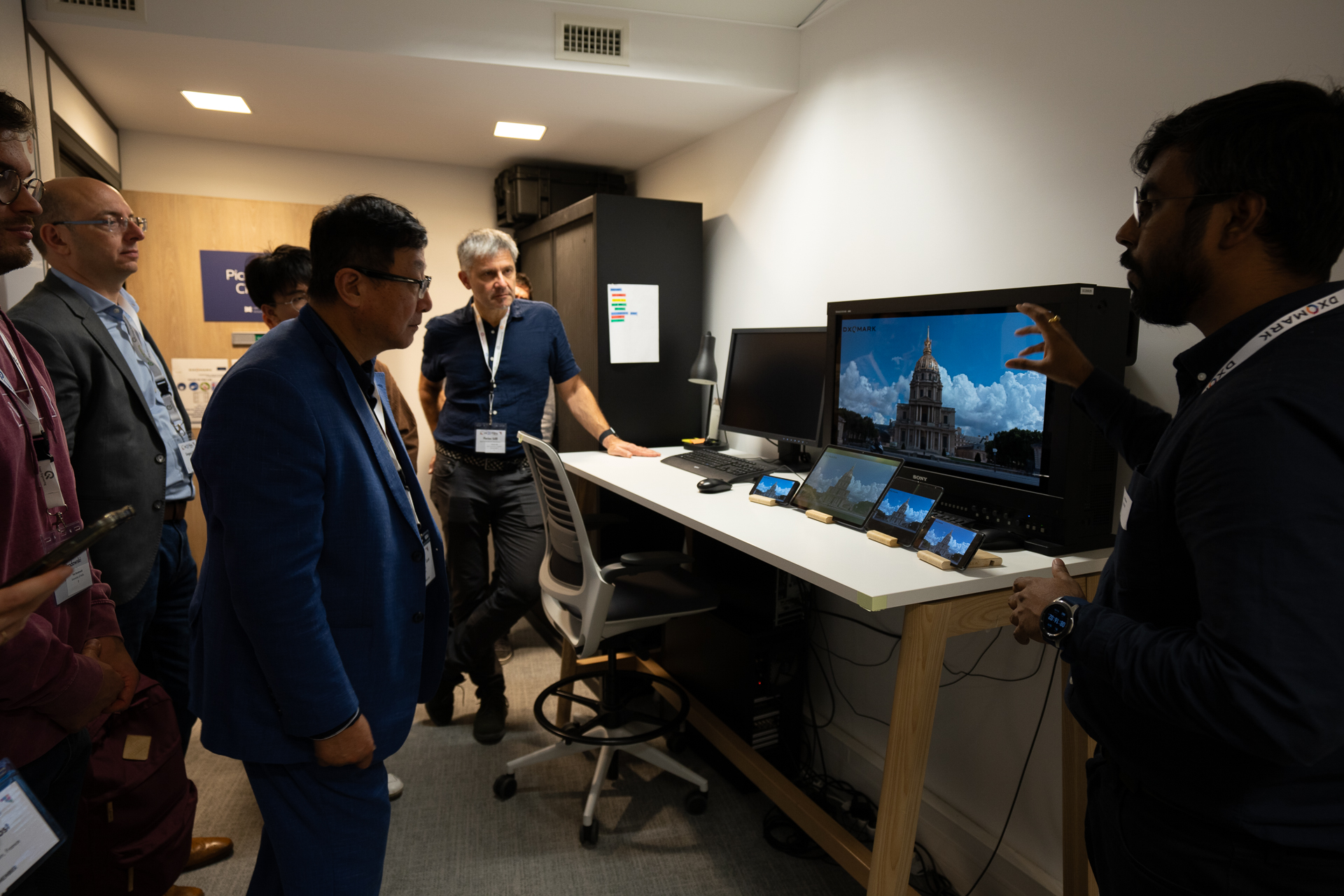
Associated services
Testing Tools
The DXOMARK Display Lab offers a comprehensive hardware and software solution designed to enable precise and extensive testing of display performance for your smartphone products. Tailored to simulate real-life consumer usage scenarios, this solution allows manufacturers and research teams to conduct in-depth display evaluations directly at their facilities. Equipped with cutting-edge technology, the lab enables users to test for key performance factors such as brightness, color accuracy, contrast, and responsiveness, helping manufacturers and other industry players to optimize performance and enhance the user experience.
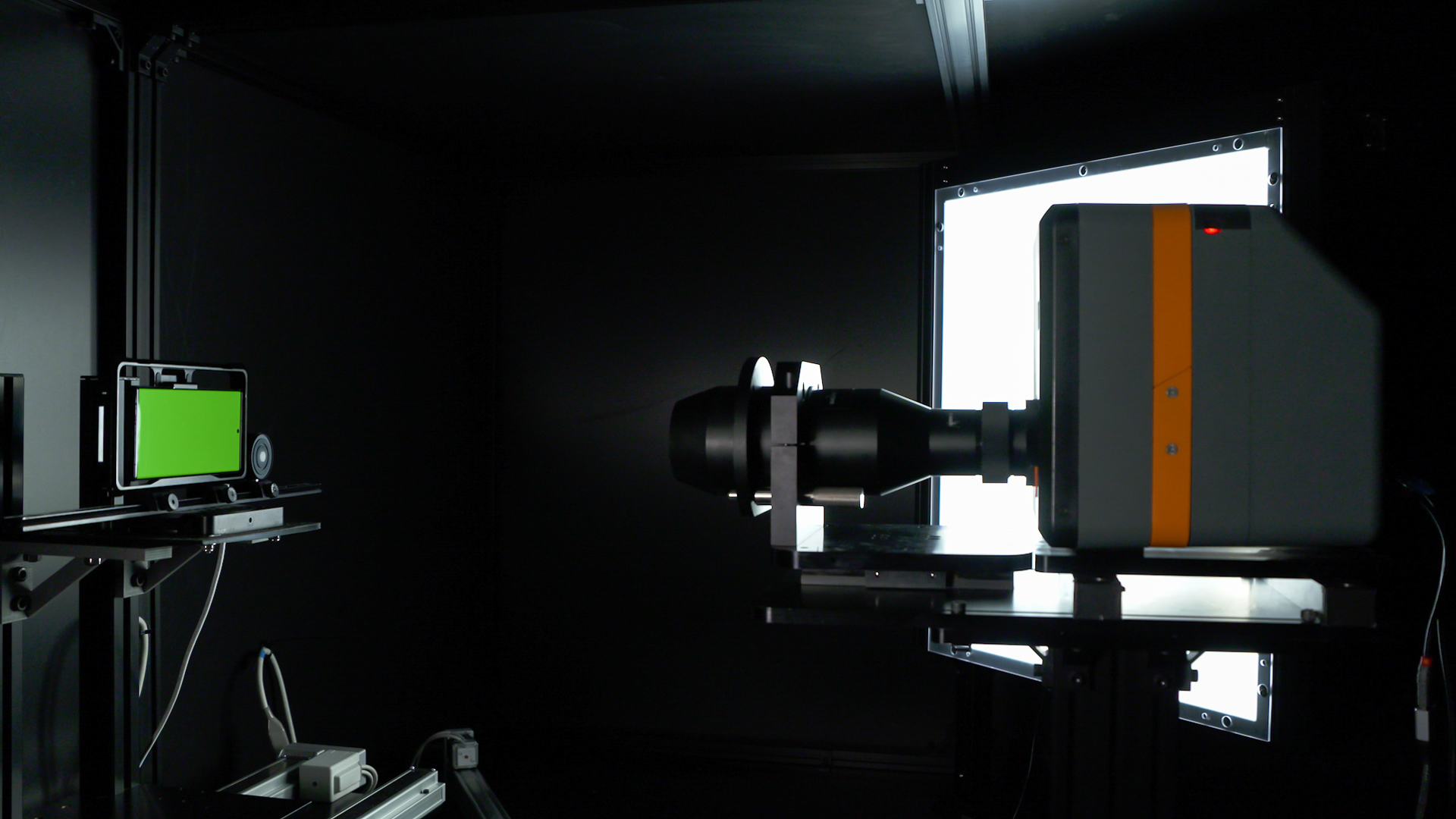

 DSLR & Mirrorless
DSLR & Mirrorless  3D Camera
3D Camera  Drone & Action camera
Drone & Action camera 